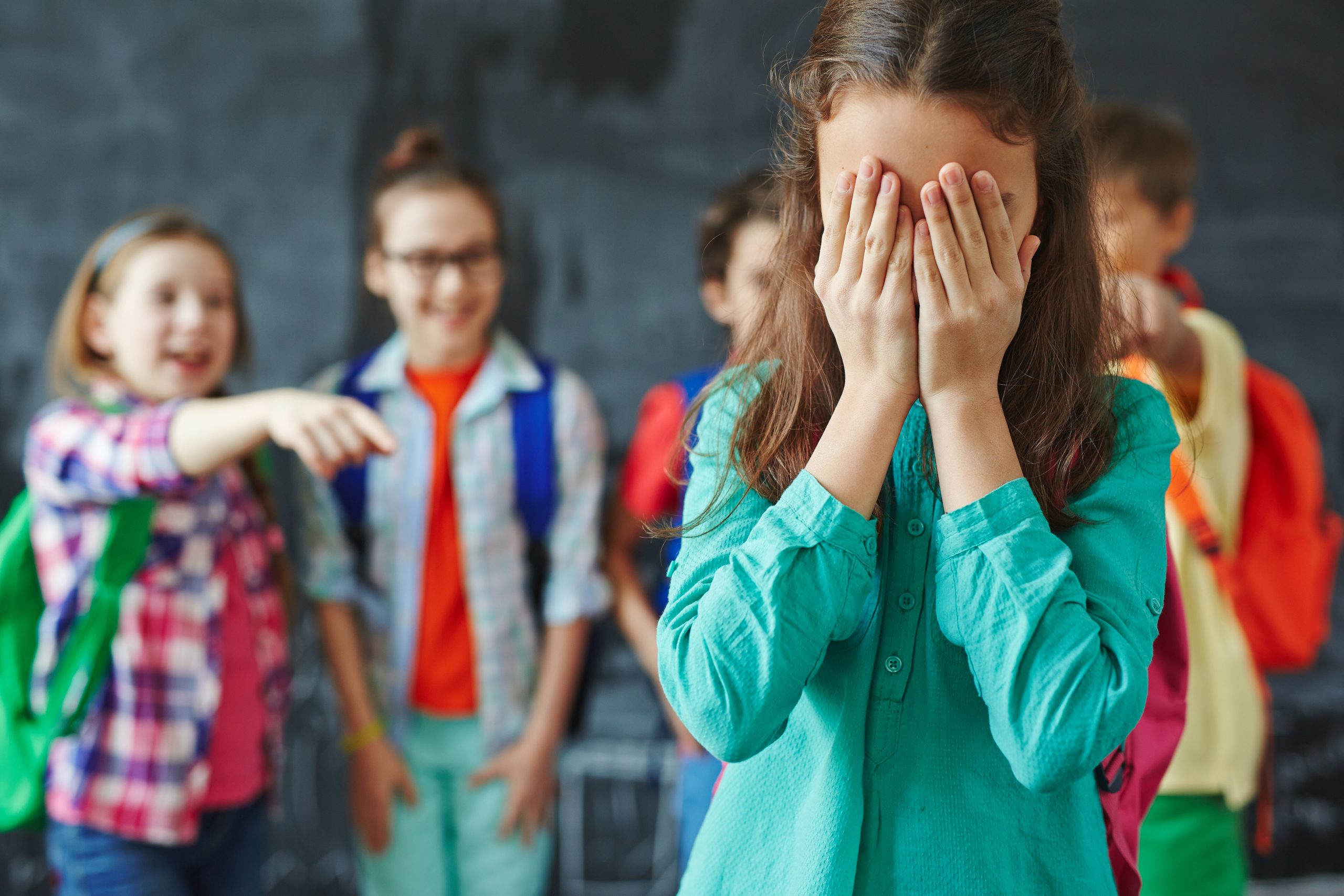Publication – The Associations between School-Level Disadvantage, Bullying Involvement and Children’s Mental Health
Bullying in school age children is a risk factor for difficulties with mental health. This study aimed to better understand whether disadvantage influences the association between bullying and mental health in school age children. This paper reports on findings from the baseline data collection for the Stand Together trial.
Recent research has indicated that mental health in children and adolescents aged 6-16 years, has risen from 11% in 2017 to 18% in 2022. Children who are ‘bully-victims’ as understood in the KiVa school based programme, children who both bully others and are victimised themselves, are particularly vulnerable and at risk of psychological problems. In addition, bullying is more frequently experienced by children from more disadvantaged homes and communities. For example, meta-analysis found that children from the lowest income households had 40% higher odds of experiencing bullying compared to children from the highest income households. Higher rates of bullying in schools with more disadvantaged pupils, may be associated with both fewer available resources for anti-bullying programmes and having higher rates of pupils coping with their own stressors. Associated disruptions in the learning environment make it important to understand what works for schools, to both reduce bullying and improve children’s mental health.
The research used data collected from over 4000 children aged 6-11 years, from 57 primary schools across England and Wales in 2020. Researchers evaluated previous child involvement in bullying, bullying role characteristics (bully, victim, bully-victim, reinforcer, defender and outsider, from the KiVa model) and teacher reported data on child emotional symptoms and externalising problems. School level of disadvantage was calculated from the proportion of children in the school eligible for free school meals.
Findings showed children attending schools where a higher proportion of children received free school meals were more likely to report being either perpetrators or victims of bullying and were less likely to engage in defending behaviours during a bullying incident. In addition, children attending schools classed as more disadvantaged, were more likely overall to display emotional symptoms (measured using the Teacher Strengths and Difficulties questionnaire), whilst children self-reporting bullying behaviours showed fewer emotional symptoms and than those from less disadvantaged schools. Children reporting more bullying behaviours were reported to have higher levels of externalising behaviours. Overall, children from more disadvantaged schools were significantly more likely to have poorer mental health than those from less disadvantaged schools, regardless of their involvement in bullying.
Researchers suggest a need to focus on encouraging defending behaviours within the most disadvantaged schools and reducing the social positioning and status of bullies.
Badger, J.R., Zaneva, M., Hastings, R.P., Broome, M.R., Hayes, R., Patterson, P., Rose, N., Clarkson, S., Hutchings, J. and Bowes, L. Associations between School-Level Disadvantage, Bullying Involvement and Children’s Mental Health. Children 2023, 10, 1852. https://doi.org/10.3390/children10121852


